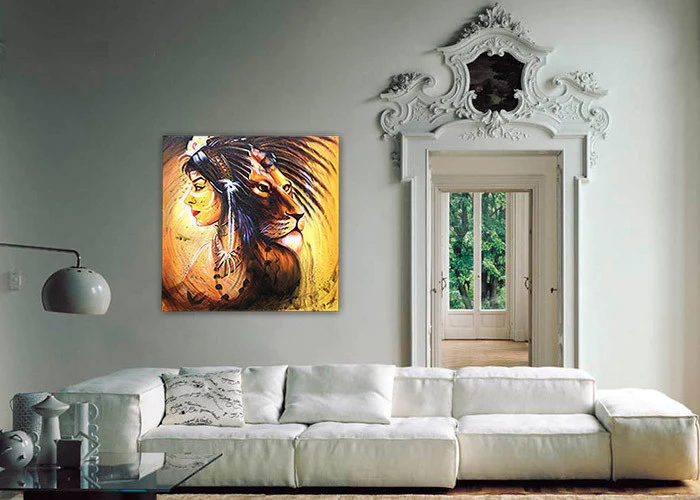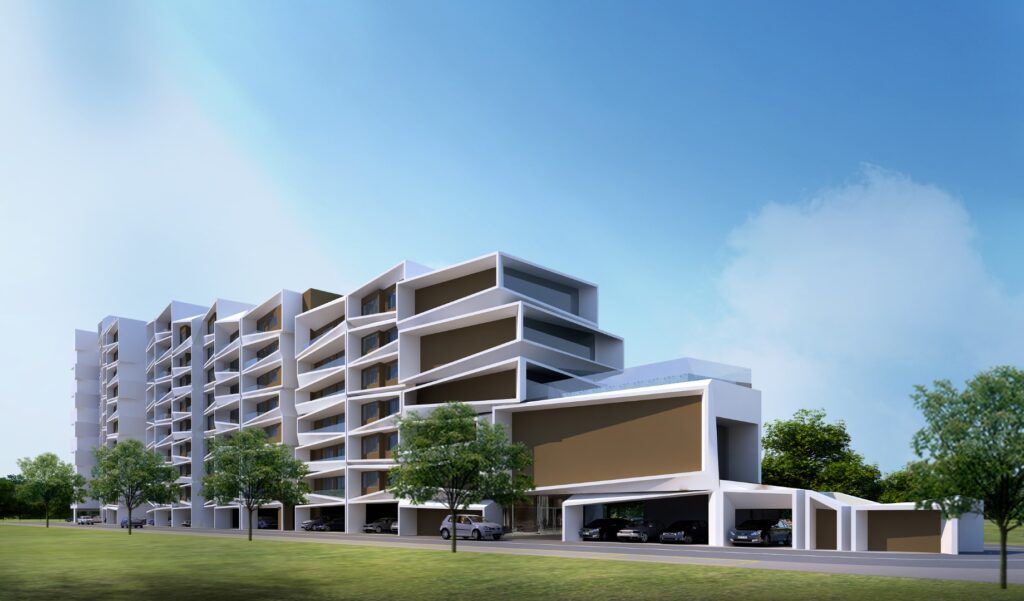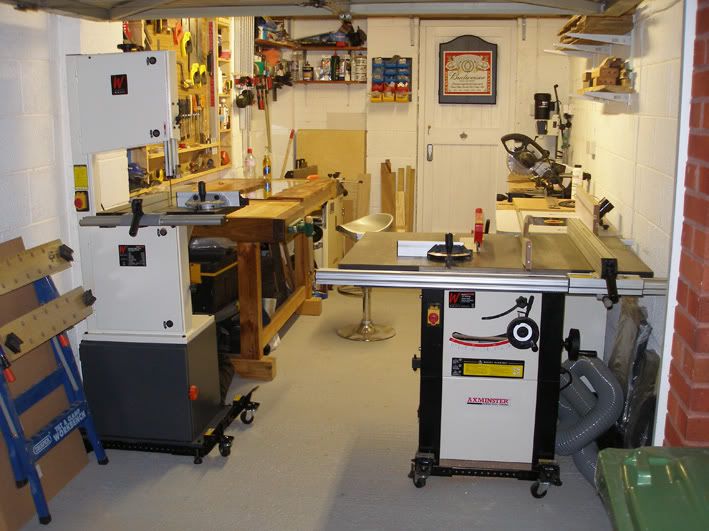In a society where first impressions count and authenticity is highly regarded, businesses are using every tool to communicate their distinctive identities. Beyond logos and taglines, a firm can effectively represent its values, personality, and brand narrative through its physical location. This is where the practice of interior design branding comes into play.
In this article, we’ll look at how interiors may be used as a canvas to reflect a company’s identity and leave a lasting impression on both clients and consumers as well as staff.
Setting the Tone:
Imagine walking into a workspace or retail store that immediately resonates with you. The colors, textures, and ambiance are so aligned with the company’s essence that you instinctively connect with it. This is the magic of interior design for branding – setting the tone and evoking emotions that echo the brand’s core values.
Design as a Visual Language:
Interior design is a non-verbal form of communication. It speaks to visitors and occupants in a way that words often can’t. By using elements like color psychology, lighting, and spatial arrangement, companies can communicate messages of innovation, trustworthiness, creativity, or any other attribute they wish to be associated with.
Consistency is Key:
Just as a brand’s visual identity should remain consistent across various mediums, its physical outlook should also echo this consistency. From the corporate office to retail outlets, the brand’s color palette, typography, and design elements should harmonize seamlessly. This consistency reinforces the brand’s identity and creates a unified experience.
Storytelling Through Design:
Every company has a story. Interior design can encapsulate this narrative, weaving it into the very fabric of the space. Elements like historical artifacts, images of milestones, or subtle design choices that nod to the company’s beginnings can create a sense of authenticity and depth.
Subtle Branding Elements:
Branding through interior design need not be overt. Subtle touches, like custom-designed furniture, branded wall art, or even the arrangement of products, can speak volumes about the brand identity. These elements create an immersive experience that engages visitors in a meaningful way.
Adapting to Evolving Identities:
Companies evolve over time, and their brand identity evolves with them. Interior design should be flexible enough to accommodate these changes. A redesign or renovation can signal a brand’s growth, adaptability, and commitment to staying relevant.
An effective way to convey a company’s identity is through interior design. And, Moodesign Interior Designers make sure to create spaces that leave a long-lasting impression on everyone.












